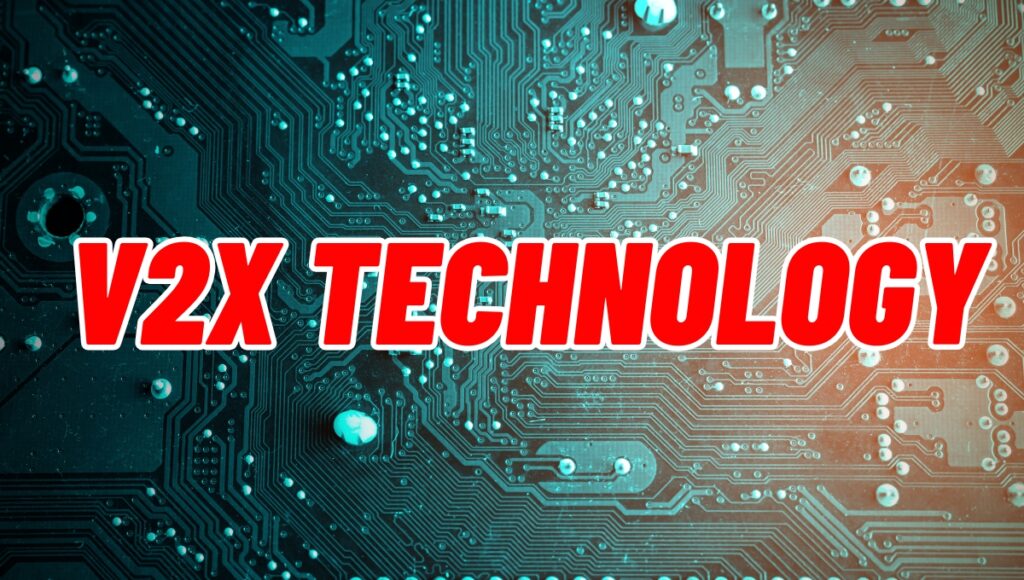In the quest for safer, more efficient, and increasingly autonomous transportation, Vehicle-to-Everything (V2X) communication stands as a pivotal technology. V2X is not a singular entity but rather an umbrella term encompassing various communication pathways that enable vehicles to exchange information with their surroundings. This interconnectedness holds the key to unlocking a future where road accidents are significantly reduced, traffic flows more smoothly, and the overall transportation experience is enhanced for all road users.
At its core, V2X facilitates a dynamic information exchange between vehicles and a multitude of entities. This includes:
Vehicle-to-Vehicle (V2V): Enabling direct communication between nearby vehicles, allowing them to share critical information like speed, position, braking status, and intended maneuvers. This real-time awareness can prevent collisions, especially in situations where direct line-of-sight is obstructed.
Vehicle-to-Infrastructure (V2I): Connecting vehicles with roadside infrastructure such as traffic signals, road signs, and work zone alerts. V2I communication can optimize traffic flow, provide warnings about upcoming hazards, and even prioritize emergency vehicles.
Vehicle-to-Pedestrian (V2P): Allowing vehicles to communicate with pedestrians and cyclists carrying compatible devices. This can significantly improve the safety of vulnerable road users by alerting drivers to their presence, even in low visibility conditions.
Vehicle-to-Network (V2N): Connecting vehicles to the cloud and broader network infrastructure. This enables access to real-time traffic information, over-the-air software updates, emergency services, and various infotainment services.

The synergy between these communication pathways creates a comprehensive awareness network around the vehicle, extending its perception beyond the limitations of onboard sensors alone. This enhanced awareness empowers both human drivers and advanced driver-assistance systems (ADAS) to make more informed decisions and react proactively to potential hazards.
The applications of V2X technology are vast and continue to expand. Imagine a scenario where vehicles approaching a blind intersection are aware of each other’s presence and speed, receiving warnings that allow for timely braking. Consider emergency vehicles communicating their approach to surrounding traffic, ensuring a clear path and reducing response times. V2X can also contribute to smoother traffic flow by optimizing speed recommendations based on real-time conditions and coordinating vehicle movements at intersections.
Beyond traditional vehicles, V2X principles are also being applied to other forms of mobility. For instance, platforms focused on safe micromobility, like the ZooZ platform, can leverage V2X communication to enhance the safety of scooters and other light electric vehicles. By enabling these smaller vehicles to communicate their presence and intentions to larger vehicles and infrastructure, and vice versa, V2X can play a crucial role in mitigating risks and fostering safer interactions in urban environments. This integration can provide warnings to both micromobility users and drivers of larger vehicles about potential collisions, contributing to a more harmonious and secure coexistence on shared roadways.
The deployment of V2X technology relies on robust communication protocols and reliable infrastructure. Various technologies are being explored and implemented, including Dedicated Short-Range Communications (DSRC) and Cellular Vehicle-to-Everything (C-V2X). Each offers unique advantages in terms of range, latency, and deployment considerations. The ongoing evolution of these technologies and the development of standardized communication frameworks are crucial for the widespread adoption and interoperability of V2X systems.
In conclusion, V2X technology represents a transformative step towards a future of safer, more efficient, and more intelligent transportation. By enabling seamless communication between vehicles and their surroundings, V2X enhances situational awareness, empowers proactive safety measures, and optimizes traffic flow.
As the technology matures and its integration across various mobility platforms, including innovative solutions for safe micromobility, expands, the promise of a truly connected and safer transportation ecosystem moves closer to reality.